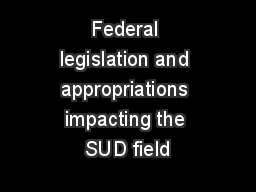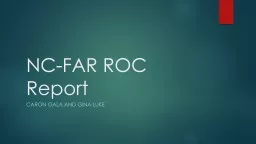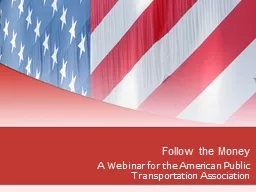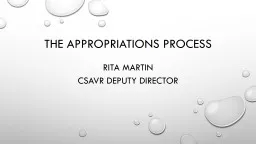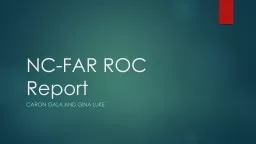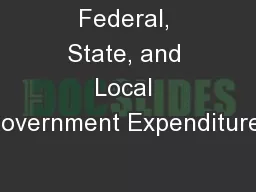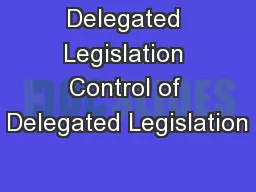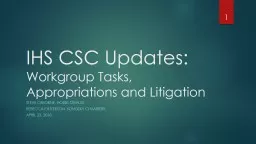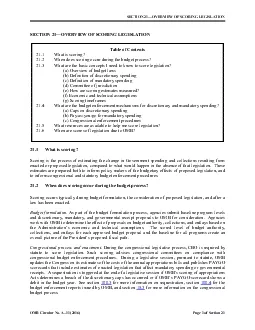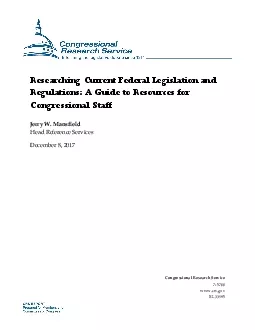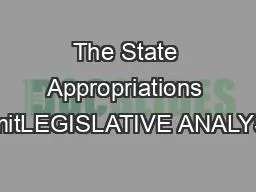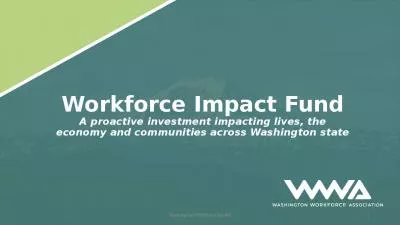PPT-Federal legislation and appropriations impacting the SUD field
Author : cheryl-pisano | Published Date : 2019-11-21
Federal legislation and appropriations impacting the SUD field Addiction Professionals of North Carolina APNC 2019 Policy Summit Raleigh NC May 8 2019 Robert Morrison
Presentation Embed Code
Download Presentation
Download Presentation The PPT/PDF document "Federal legislation and appropriations i..." is the property of its rightful owner. Permission is granted to download and print the materials on this website for personal, non-commercial use only, and to display it on your personal computer provided you do not modify the materials and that you retain all copyright notices contained in the materials. By downloading content from our website, you accept the terms of this agreement.
Federal legislation and appropriations impacting the SUD field: Transcript
Download Rules Of Document
"Federal legislation and appropriations impacting the SUD field"The content belongs to its owner. You may download and print it for personal use, without modification, and keep all copyright notices. By downloading, you agree to these terms.
Related Documents

